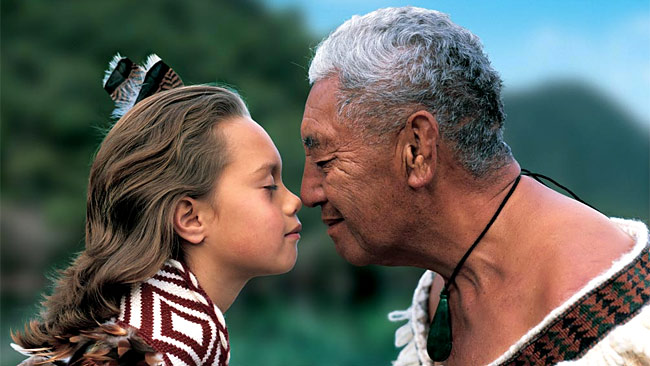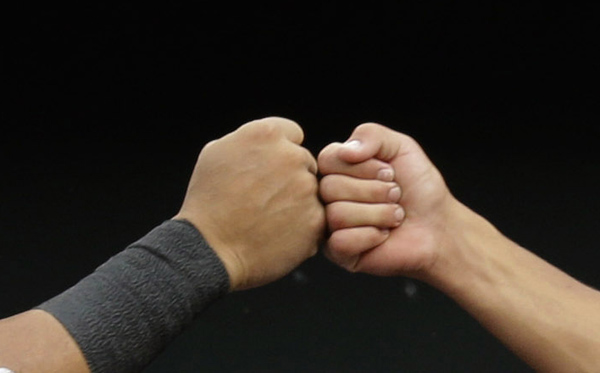Greetings from around the world!
by Lucy Tomassini · Published · Updated
Quiz-summary
0 of 10 questions completed
Questions:
- 1
- 2
- 3
- 4
- 5
- 6
- 7
- 8
- 9
- 10
Information
There are many ways to say hello around the world, some more unusual than others. From handshakes, to kisses to touching noses… Test your knowledge of the traditional and bizarre ways people say hello.
You have already completed the quiz before. Hence you can not start it again.
Quiz is loading...
You must sign in or sign up to start the quiz.
You have to finish following quiz, to start this quiz:
Results
0 of 10 questions answered correctly
Your time:
Time has elapsed
You have reached 0 of 0 points, (0)
Categories
- Not categorized 0%
-
Impressive knowledge!
Images: [metropolist, Whenonearth, easyscienceforkids, charterworld, fionalynne, wikiwand, wikiwand, TripZillaMagazine, queqiaoba, kisblueprint, sugoicorp, newsmax]
- 1
- 2
- 3
- 4
- 5
- 6
- 7
- 8
- 9
- 10
- Answered
- Review


